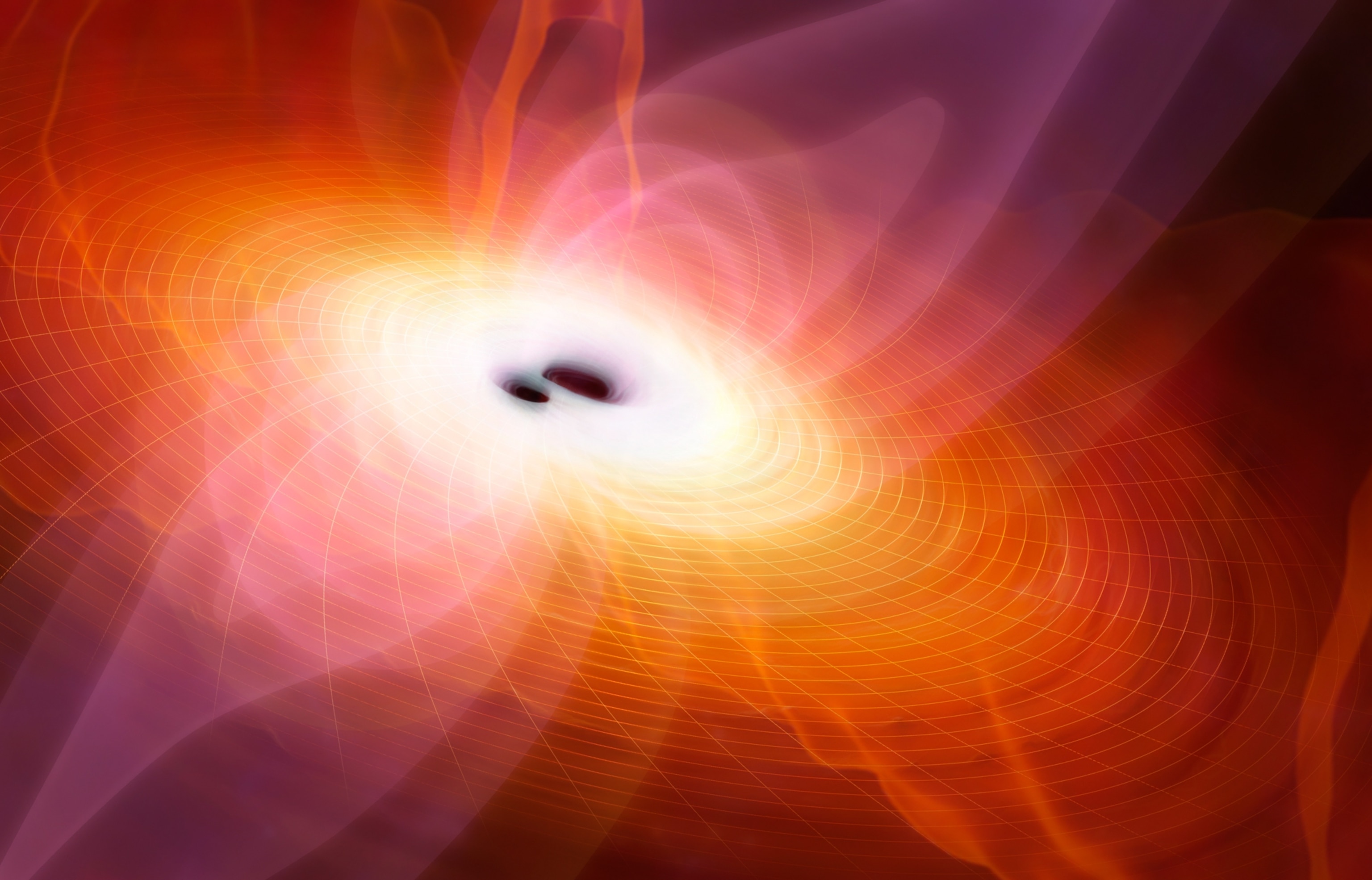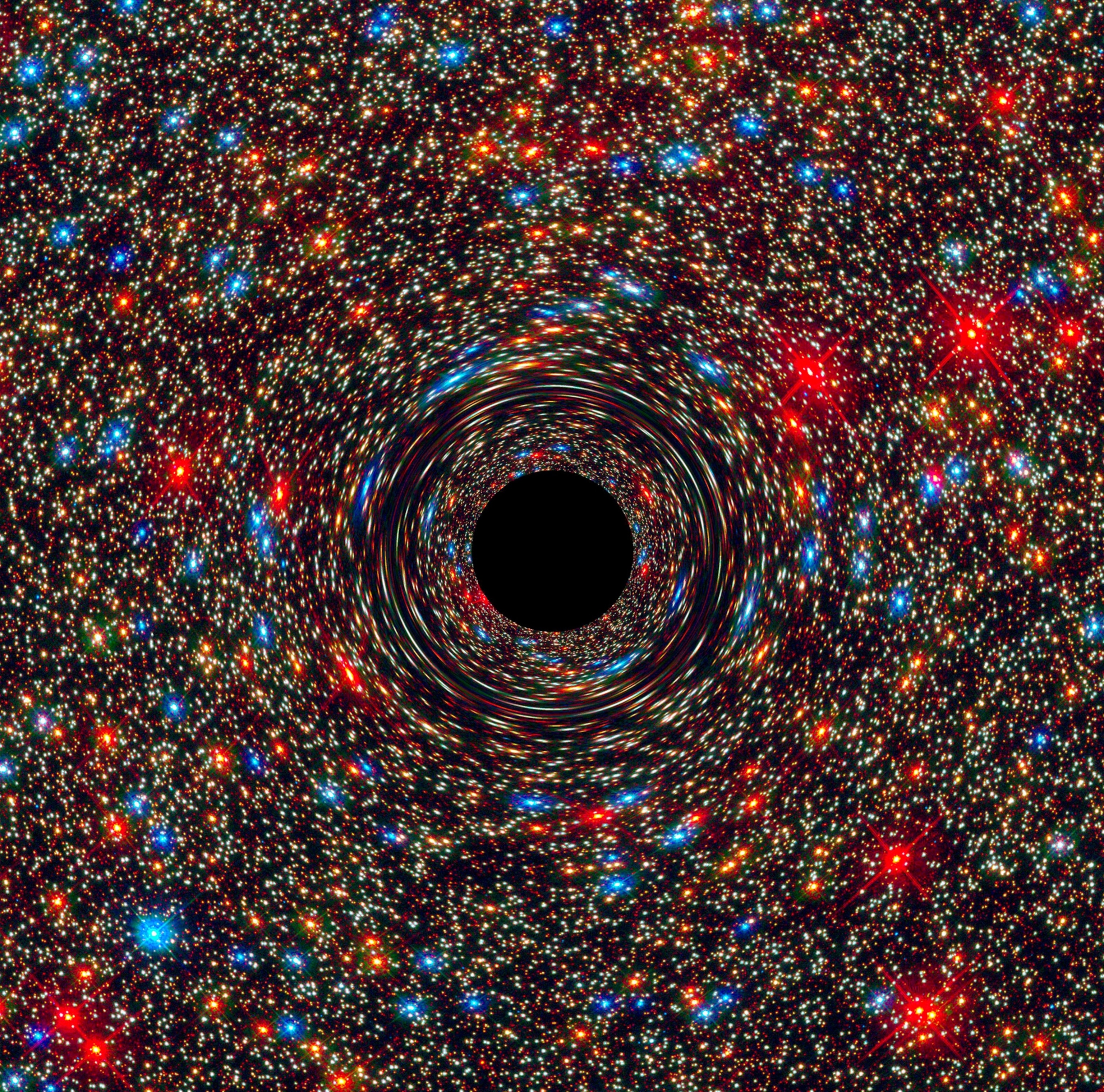Scientists have recently recorded the largest black hole collision ever detected by the Laser Interferometer Gravitational-Wave Observatory (LIGO), an event that is both thrilling and perplexing for theorists. This discovery challenges current understandings of how massive black holes form, particularly those within a theoretical “forbidden” mass range.
The “Forbidden” Mass Gap Challenged
For a long time, stellar black holes—those formed from the collapse of a dying star—were believed to have a mass limit. Theories suggested that stars with cores weighing between approximately 60 and 130 times the mass of the Sun would undergo a process called pair-instability supernova, resulting in a complete annihilation of the star, leaving no black hole remnant behind. This theoretical range is known as the “mass gap.”
However, the latest observations from LIGO are directly challenging this idea. The newly detected collision involved two black holes estimated to be 103 and 137 times the mass of the Sun, respectively. While there’s some uncertainty in their precise measurements, both fall squarely within or very close to this “forbidden” zone. Their merger produced an even more massive black hole, weighing between 190 and 265 solar masses, making it the most massive black hole ever observed by LIGO.

This isn’t the first time LIGO has hinted at black holes in this range. In 2020, researchers announced the detection of a black hole duo with masses of 66 and 85 solar masses, whose merger created a 150-solar-mass black hole, effectively crossing into the intermediate-mass threshold. These detections force physicists to re-evaluate their models of stellar evolution and black hole formation.
Bridging the Black Hole Size Divide
Historically, black holes were thought to come in two distinct “flavors”:
- Stellar-mass black holes: Ranging from a few to several tens of solar masses, these are the remnants of massive stars after supernova explosions. LIGO has detected approximately 300 such black holes.
- Supermassive black holes: These gargantuan beasts, weighing 100 million solar masses or more, reside at the centers of nearly every galaxy and play a crucial role in regulating star formation. Their formation mechanism remains a significant mystery.
The existence of black holes in the intermediate-mass range (between 100 and 100,000 times the Sun’s mass) has long been hypothesized as a potential bridge between these two extreme categories. They could help explain if smaller black holes can grow to supermassive sizes.

The new observations, particularly the massive spinning black holes, provide clues. These two objects are spinning at nearly the upper limit allowed by physics, suggesting they might have formed through a two-step process. One possibility is that smaller black holes merged to create these larger, rapidly spinning ones. Another theory, favored by astrophysicist Priyamvada Natarajan, suggests that smaller black holes formed in dense stellar clusters rich in gas and dust. As these stellar-mass black holes accrete material, “inhaling material like water going down a drain,” they could grow and spin up to the extreme rotations observed.
The Future of Black Hole Discovery
The mysteries surrounding these “forbidden” mass black holes are far from solved, but future advancements in gravitational wave astronomy promise to shed more light.

- LIGO upgrades: Upcoming enhancements to the LIGO detectors will increase their sensitivity, allowing them to detect even more massive black holes and measure their properties with greater precision.
- Global network: Alongside gravitational wave detectors in Europe (Virgo), Japan (KAGRA), and eventually India, researchers will be able to pinpoint black hole events more accurately in the sky. This will enable traditional telescopes to observe those regions, potentially revealing environments like dense star clusters that might favor certain formation mechanisms.
- Next-generation observatories: Instruments like the Cosmic Explorer and Einstein Telescope, expected to be operational in the mid-2030s or 2040s, will be capable of observing black hole mergers that occurred much earlier in the universe’s history. These observatories could provide critical insights into how supermassive black holes formed in the early universe, as well as offer better data on smaller and intermediate-mass black holes.
As Priyamvada Natarajan expresses, “There’s just so many black holes littered in the universe. The fact that we’re starting to bridge these scales, I think that’s super exciting.” This ongoing exploration continues to push the boundaries of our understanding of the cosmos and the enigmatic objects within it.




